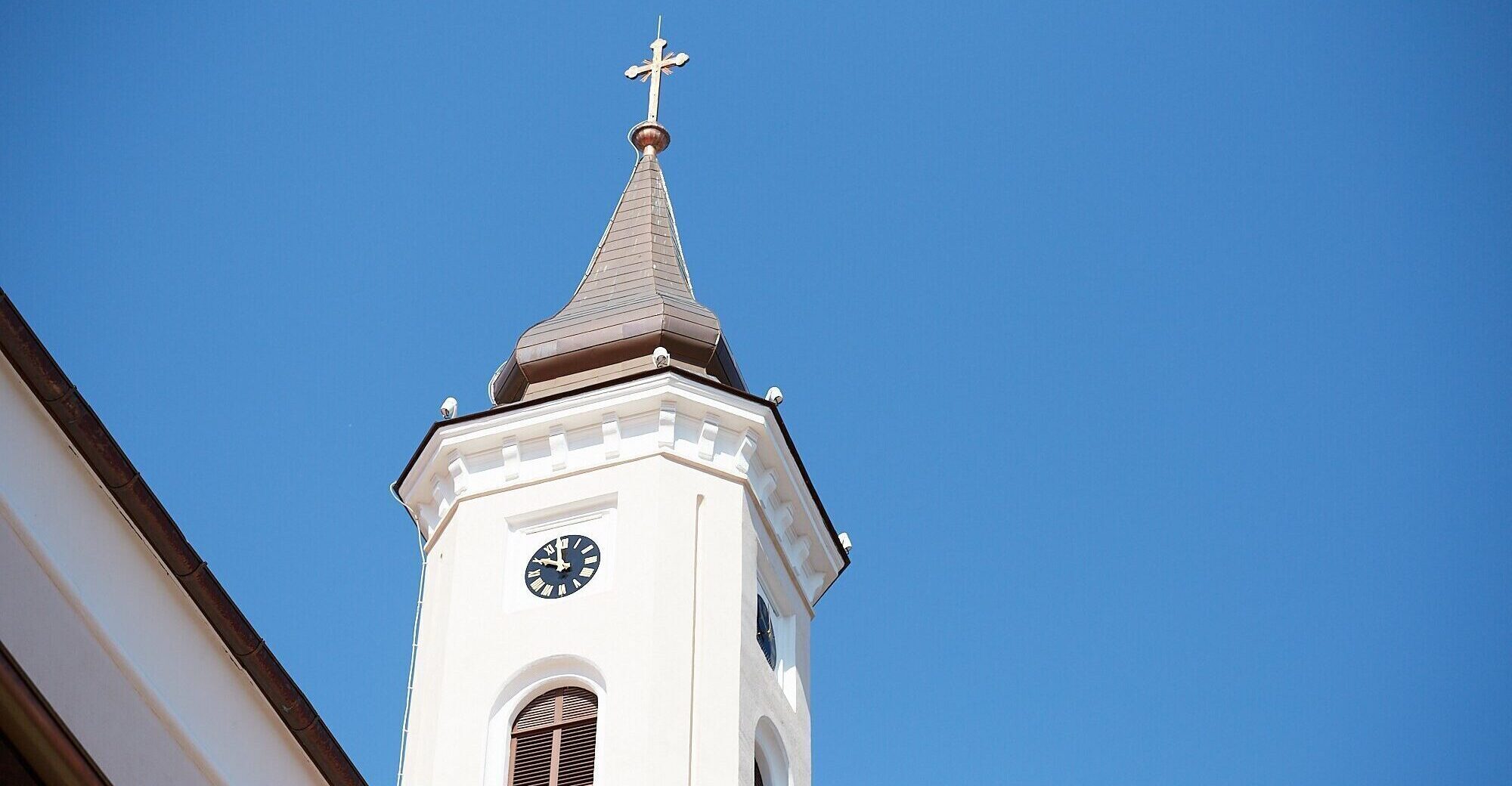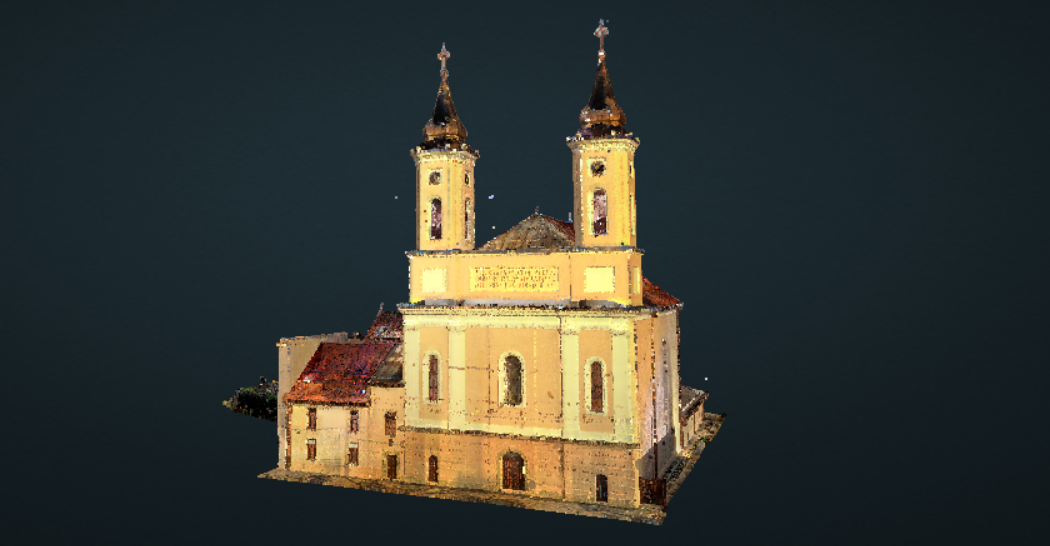The building of the Franciscan monastery from Gherla is part of the urban ensemble „Historical city center”, recorded in the List of Historical Monuments with code CJ-II-a-A-07623, where it also appears as a standalone monument with code CJ-II-a-B-07641. Today, the church of the monastery under the patronage of St. Peter of Alcantara is functioning as the roman-catholic parish church of the city.
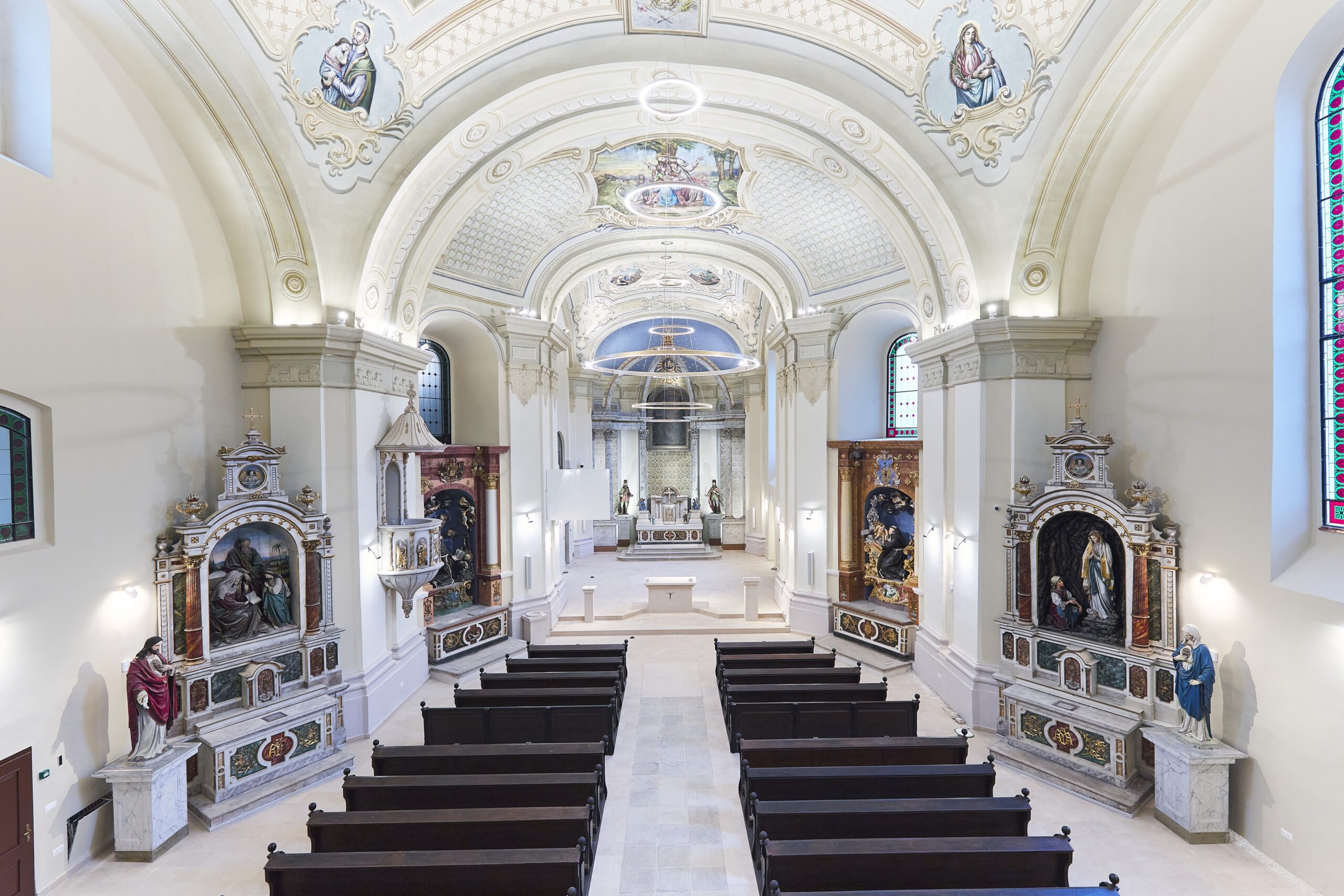
The Church
With a sober and tall volume, having a rounded façade, covered in tin, with a nave covered by a tiled roof distributed in five slopes due to the oblique walls, the church is one of the representative baroque monuments of Gherla.
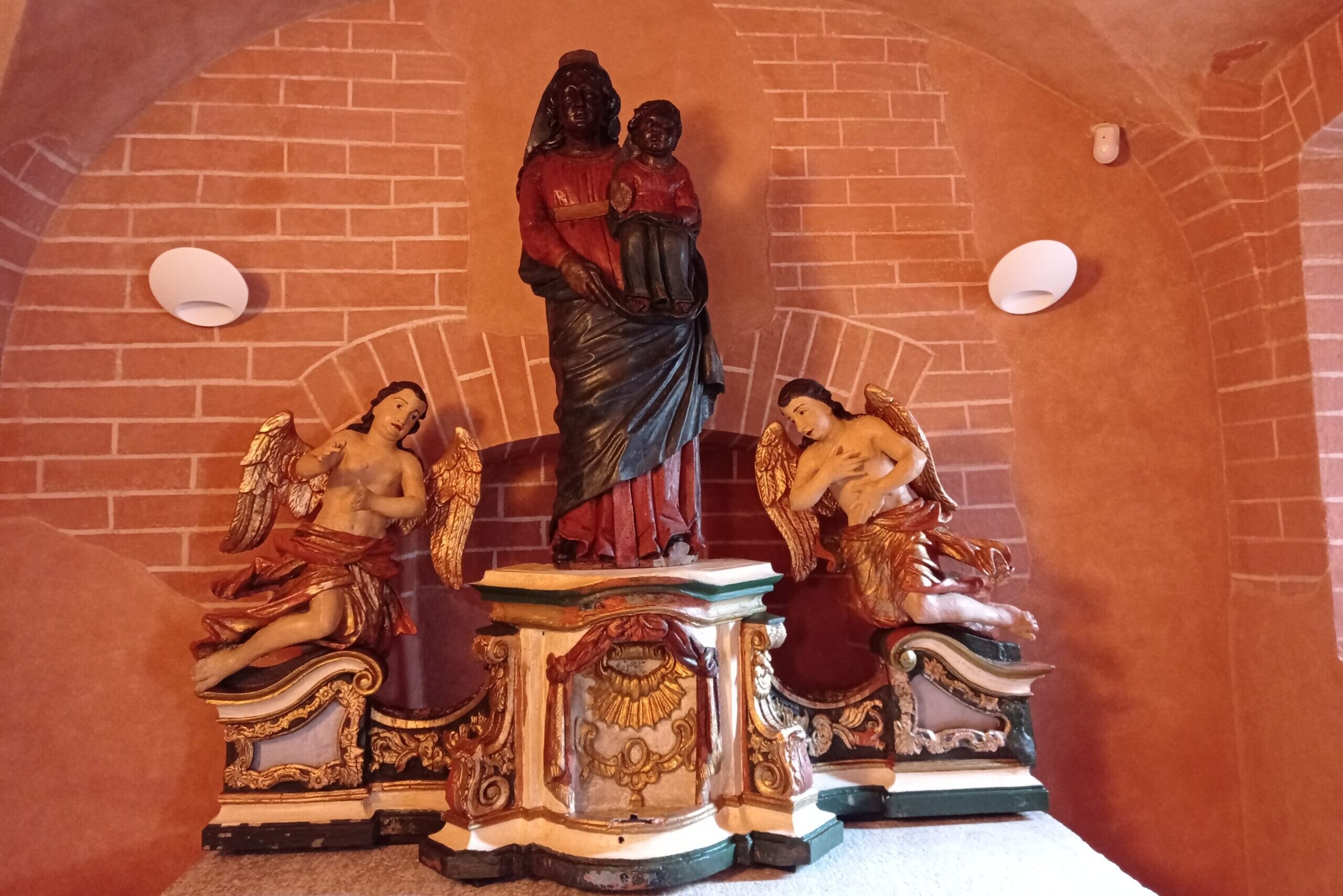
Mary of Loretto Chapel
The cult of Mary – Mother of God accompanies the entire history of the Roman-Catholic cult in general and of those from Gherla in particular. Inside the Chapel of Mary of Loretto, a true jewel from an artistic point of view, we find the proof of this adoration, the miraculous wooden statue of the “Black Madonna”.
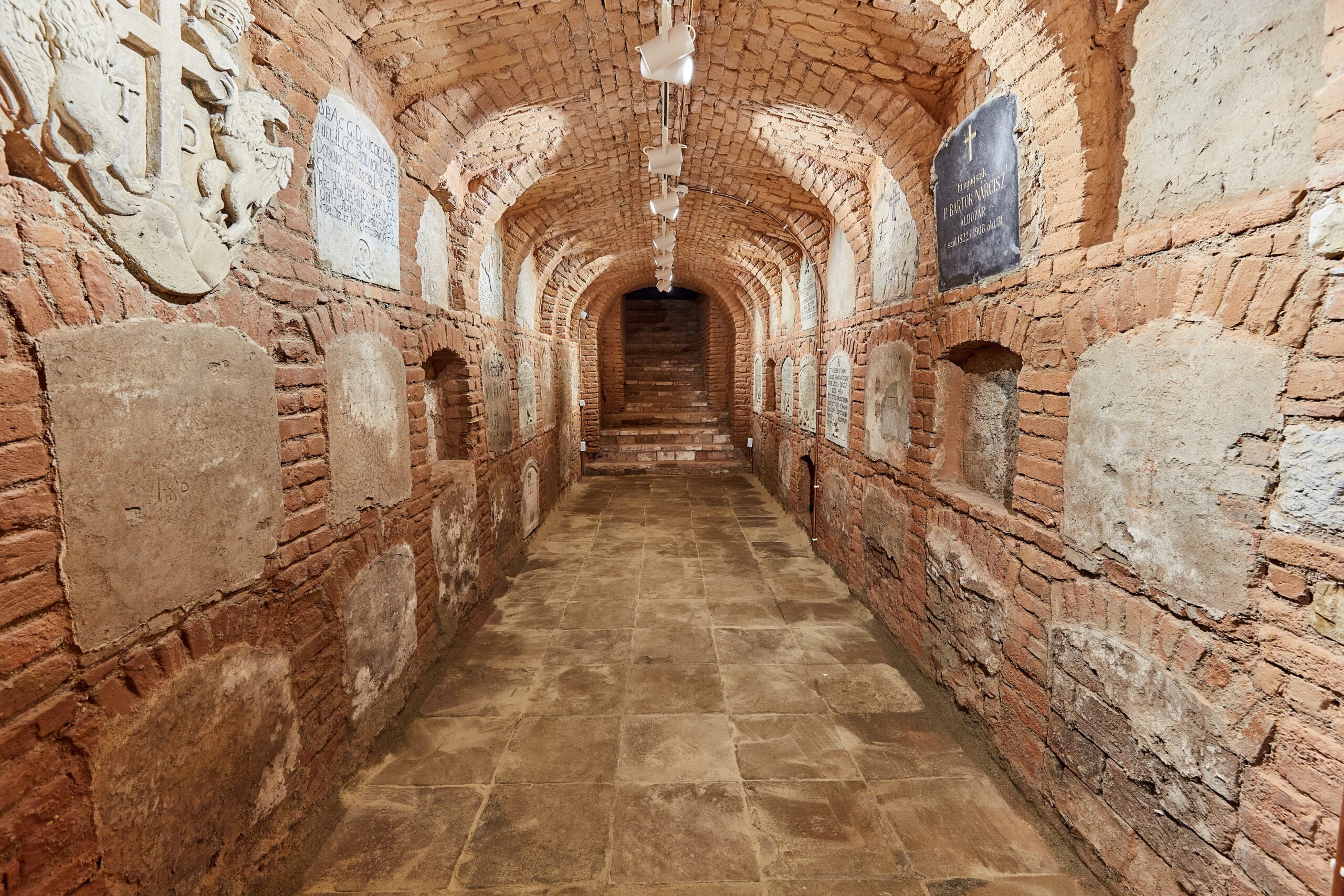
The Crypt
The underground crypt, below the main altar and the sacristy, is one of the most spectacular rehabilitated and accessible elements since 2021. While visiting the entire historical monument, in these underground rooms you can admire the memorial stones of the nobles buried in this place.

Museum, library, archive
The museum inside the Cloister of the Franciscan Monastery from Gherla hosts the Transylvanian North-Western Roman-Catholic Collection and baroque art objects, that have been restored together with the rehabilitation of the historical monument.
The Baroque Architecture of the XVIII-th century in Transylvania
The Franciscan Church and Monastery from Gherla is a baroque historical monument, unique and iconic for the Transylvanian art of the XVIII. –th century
Gherla is the only city in Romania built in the XVIII-th century following a pre-established urban plan with its buildings still standing accordingly. The baroque style is predominant here due to the penetration of baroque style along with the foundation of the city by the Armenian colonists with permission from the Imperial Court of Vienna.
The buildings emerged in the second half of the XVIII-the century made according to specific models of local Transylvanian planimetry and Austria or Bohemia received some baroque decorative additions.
Other cities from Transylvania also suffered radical transformation during the XVIII-th century ande were profoundly impacted by the baroque style, but in all those cases there existed a previous architectural foundation that was simply customized or transformed during this period.

Masses

Sacraments

Exhibitions

Art & History

